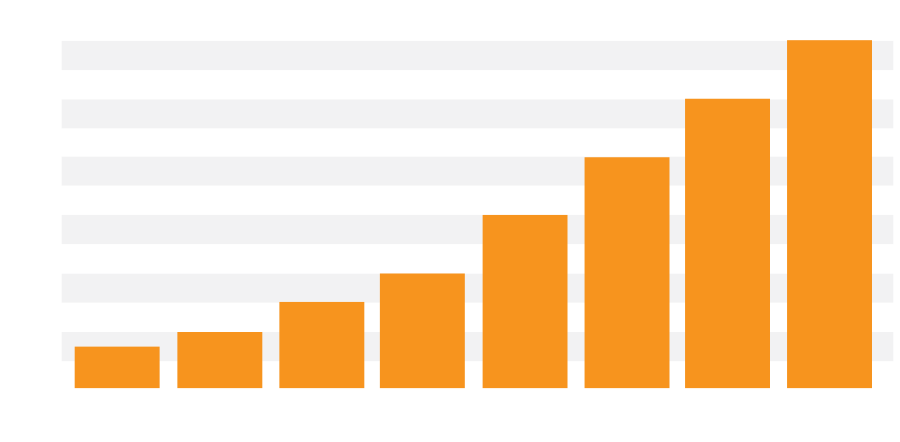Skylight FAQ
What size skylight do I need ??What if I need shaft longer than 2 meters to span my roof cavity?What is the difference between square and round skylights of the same size?
A skylight functions in the same manner as an ordinary window. The larger the area that requires additional light the larger the skylight needs to be to provide that light. Alternately consider multiple skylights for large areas. There are often multiple light fittings in large rooms; Skylights may be used in the same fashion to great effect

As previously noted the size of the skylight dictates the amount of light which can pass through it. Because of the shape of the skylight a square skylight has a 23% larger surface area than a round skylight of the same dimensions and therefore will allow for the transmission of 23% more light. This additional surface area along with the extra materials required to manufacture the skylight explains any retail variations between the two.
It is always wise to pop your head up into your roof space before deciding what skylight is right for you. While you’re in there just confirm 2 metres of shaft will be sufficient for your needs. If that is not the case additional shaft can always be purchased from your retail supplier.
However, the further the light is required to travel down the shaft the more the intensity of the light which reaches the room below is compromised.
This can be overcome by increasing the size of the skylight. This will allow more light to enter the skylight and thus more light to reach the room below. We would suggest that you increase the size of the skylight by a factor of 100mm for every metre, or part thereof, of additional shaft you need to attach.
Will there be temperature increase when I have a skylight installed?
In regard to temperature transfer when installing skylights, many factors have to be taken into account. Firstly skylights usually represent a very small proportion of the actual roof area. As such they don’t attract large amount of direct radiation when compared to the total roof area. It is also important to remember that while the skylight dome will heat up when directly exposed to a heat source (in this case, the sun) both polycarbonate and acrylic are very poor conductors of heat and therefore the heating of the outside face of the dome results in very little heating of the interior face of the dome.
As a result of this the air pocket created beneath the dome takes a long time to heat up. In contrast to this, both tile and metal roofs are excellent conductors of heat and as such heat the air beneath their surface very quickly. This means that the air in the skylight shaft will often be cooler than air trapped in the roof cavity. Additionally, at the end of the day the polycarbonate or acrylic will cool down at a much faster rate than the roofing material around it. These means any warm air trapped in the shaft will dissipate through the dome very quickly. This dissipation will also cause a small ‘chimney’ effect. Warm air trapped in the room beneath the skylight will rise through a skylight shaft and dissipate into the atmosphere at a much quicker rate than warm air trapped in a room without a skylight.
The layer of warmed air in the roof cavity very slowly dissipating through the tile or metal roof will in essence provide an insulating layer keeping the room beneath hotter for a longer period. For this reason a room with a skylight will cool down at a quicker rate at the end of a warm day.
HandiLite round skylights are a range of budget products in limited sizes. All of these products are manufactured with a molded acrylic dome. This in combination with the diffuser constitutes your “double glazing effect”.
Also consider that on all small domed skylights any heat or cold exchange is minimal. This means the exchange of heat or cold through this skylight would be much less than through a window of equal size. However we do manufacture products that will reduce this exchange even further.
We also supply our SupaLite range of skylights as a premium product. The square and rectangular skylights in this range are topped with a flat dome made of TwinWall Polycarbonate. These products provide in essence a “triple glazing” effect in combination with the diffuser. This type of glazing is only available in square or rectangular units and must be sourced through a custom order.
Will I be subject to increased UV radiation if we install a skylight?
UV Radiation can be considered a risk to a person’s health when a person is positioned directly in the path of the sun’s rays, or if you are in the vicinity of an environment which may reflect large amounts of these rays towards you. This is not a common occurrence when indoors, however, all of our molded domes are rated as 95% UV resistant and when combined with a ceiling diffuser effectively negates the transmission of UV Radiation.
What are the benifits of Clear Prismatic Light Diffusers?
Clear prismatic diffusers consist of myriads of clear prisms which diffuse the light evenly over a wide area. This ensures the maximum light transmission and effectiveness of the product, while softening the light and nullifying glare.
Can I get a new diffuser for a broken skylight?
HandiLite Skylights can replace damaged domes and diffusers for our own products. Just contact your local distributor.










